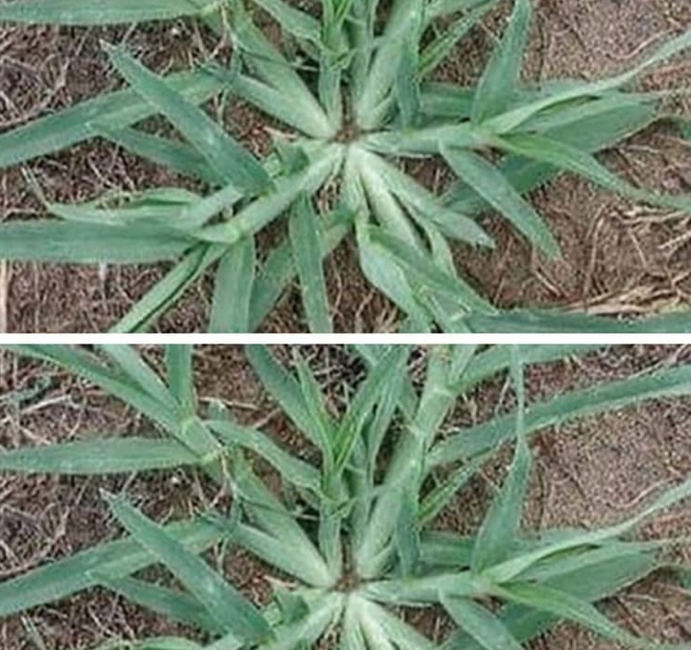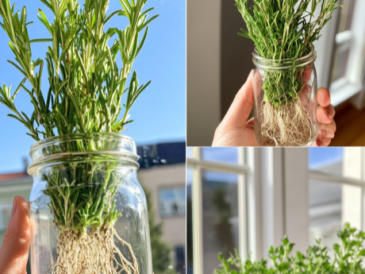Often overlooked or even considered a weed, fingergrass—known by several names including Indian goosegrass, Cynodon, Urochloa mutica, and others—holds hidden benefits for your garden. This versatile plant thrives in a variety of climates and soil conditions, making it an asset for gardeners willing to give it a chance. While many may see it as an unwelcome invader, removing fingergrass could actually be doing more harm than good. Let’s dive into the ecological and horticultural benefits of this underappreciated gem.
Ecological Benefits
1. Soil Erosion Control:
Fingergrass boasts a dense, fibrous root system that anchors soil, making it an ideal solution for preventing erosion, especially on slopes or areas prone to heavy rainfall. By holding the soil together, it helps maintain the structure of your garden even under challenging conditions.
2. Nutrient Cycling:
As fingergrass grows and decays, it plays a crucial role in nutrient cycling by absorbing valuable minerals from the soil and releasing them back as it decomposes. This process enriches the soil, creating a healthier ecosystem for other plants.
3. Habitat for Beneficial Insects:
Fingergrass supports biodiversity by providing a habitat for pollinators and other beneficial insects. It fosters a more balanced ecosystem, ensuring your garden thrives with less intervention from harmful pests.
4. Carbon Sequestration:
As a perennial plant, fingergrass helps with carbon sequestration, meaning it stores carbon dioxide from the atmosphere. This contributes to mitigating the effects of climate change by reducing the amount of greenhouse gases in the air.
Horticultural Benefits 🌿
1. Ground Cover:
Fingergrass can serve as an effective ground cover, forming a lush green carpet that suppresses the growth of weeds and reduces the need for frequent mowing. Its hardy nature makes it an excellent choice for low-maintenance landscapes.
2. Erosion Control in Gardens:
Beyond its ecological benefits, fingergrass also helps prevent soil erosion within your garden, keeping your landscape intact while maintaining its health and structure.
3. Forage for Livestock:
In addition to its gardening benefits, fingergrass is a nutritious forage crop for livestock. It provides vital nutrients for animals while improving the soil through its growth and organic matter contributions.
4. Ornamental Use:
Certain cultivars of fingergrass offer attractive foliage, which can be utilized for ornamental purposes in gardens and landscapes. With its unique texture and resilient nature, it adds a natural beauty to any outdoor space.
Cultivation and Care 🌾
Propagation:
Fingergrass is easy to propagate through seeds, stolons, or plugs. It can quickly establish itself in various soil conditions, making it ideal for gardeners seeking a plant that requires minimal effort to thrive.
Maintenance:
Once established, fingergrass is drought-tolerant and can even withstand periods of flooding. It requires minimal care, and regular mowing can keep its growth controlled for a tidy appearance in your garden.
Conclusion
Fingergrass is far more than just a common weed. Its ecological benefits, from preventing soil erosion to promoting biodiversity, combined with its horticultural uses as a low-maintenance ground cover and forage crop, make it a valuable addition to any garden or landscape. Instead of uprooting this versatile plant, consider embracing its many advantages to enhance both the health and beauty of your outdoor space.
By recognizing fingergrass for its hidden potential, you’ll be adding a sustainable, biodiverse, and beautiful asset to your garden. 🌿




